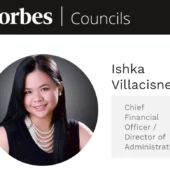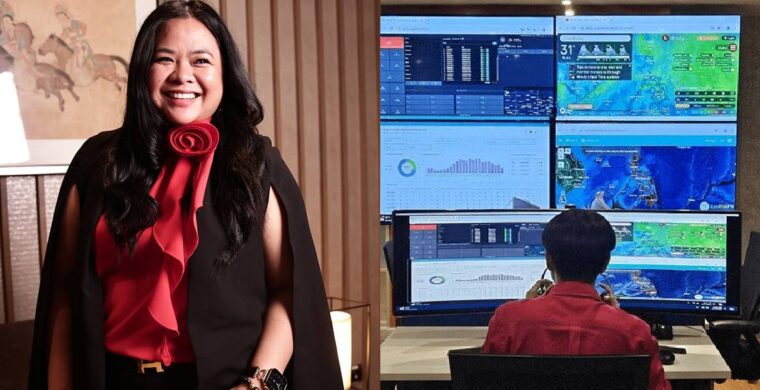
Ishka Villacisneros: 911 saved her lola’s life so she brought Next Gen 911 to the Philippines
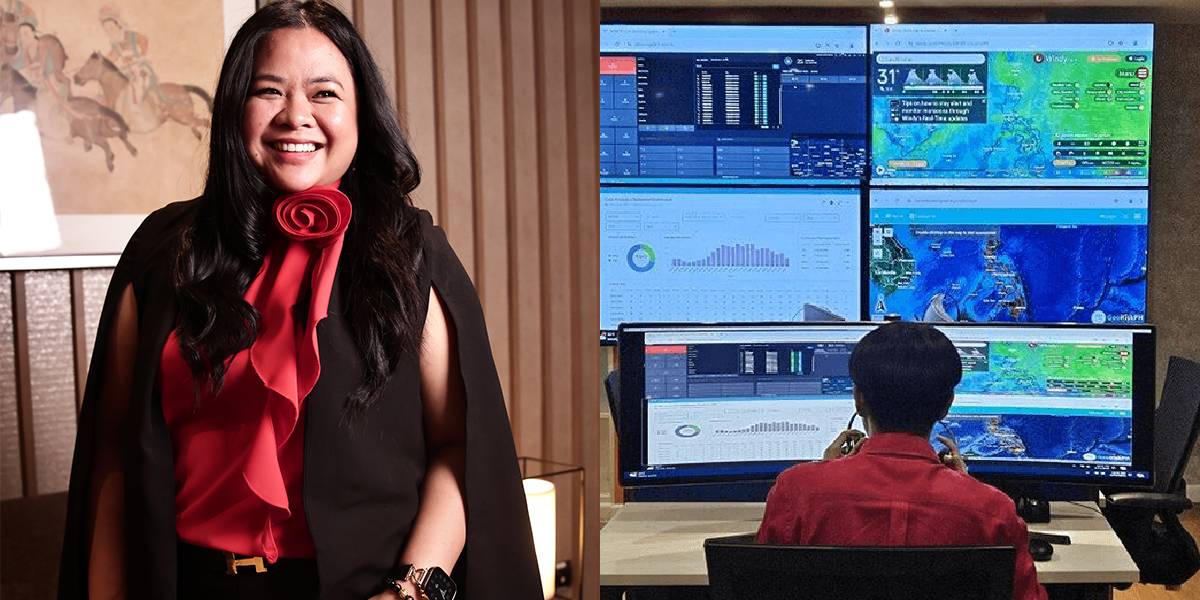
Have you ever been in an emergency situation and had no one to instinctively call like they do in US TV shows (like 9-1-1 starring Angela Bassett), where someone immediately shows up? Hopefully, you never have to.
But emergencies do happen, and not just in the movies or HBO hits.
In 2019, long before the Philippines saw the urgency to modernize emergency services, one Filipina was already fighting to make it happen for her home country.

Meet Ishka Villacisneros, a visionary, tech trailblazer, and a force behind the launch of Next Generation 911 (NG911) in the Philippines— reportedly the first ASEAN country to fully adopt this US-grade emergency response system. Today, as the chief financial officer of NGA 911 in the US, and president of NGA 911 in the Philippines, she’s a catalyst in not only transforming emergency response in the Philippines—she’s putting the Philippines on the map as the regional model for life-saving innovation.
A personal mission, a national movement
“I wanted to bring this to the Philippines because it saved my lola,” Ishka shares. “911 is something Americans take for granted. But in the Philippines, when an emergency strikes, people don’t even know who to call—or worse, no one answers.”
At the time, the country had over 30 local emergency numbers, 200 fire hotlines, 700 police numbers, and 40,000 barangay lines.
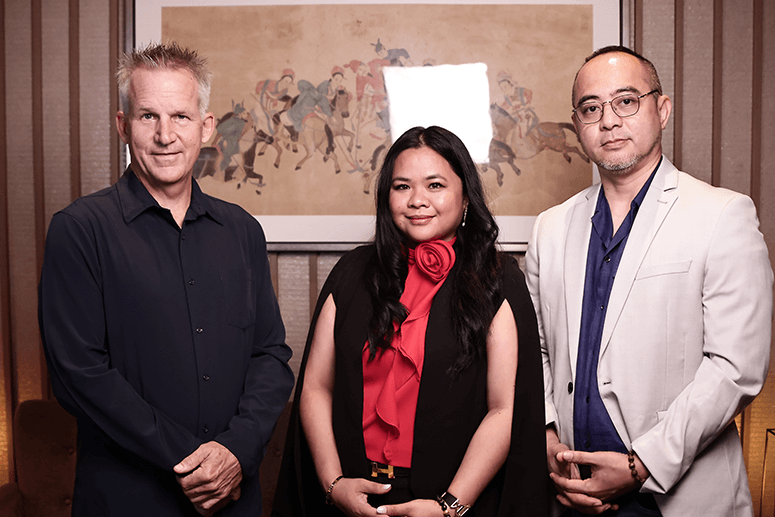
But Ishka saw a future where every Filipino, no matter where they live, could dial a single number “911” and expect help in minutes.. Exactly how it is in the US.
“We all have a lola. We all have someone we’d do anything to protect. I couldn’t accept that reliable emergency response was a luxury only some countries could afford. I wanted to change that narrative. I wanted Filipinos to know that help is just one call away—and that someone will answer,” she shares.
Bringing NG911 to the Philippines wasn’t easy. For four years, Ishka faced a revolving door of political leadership—administration changes, pandemic lockdowns, volcanic eruptions, typhoons, and earthquakes.
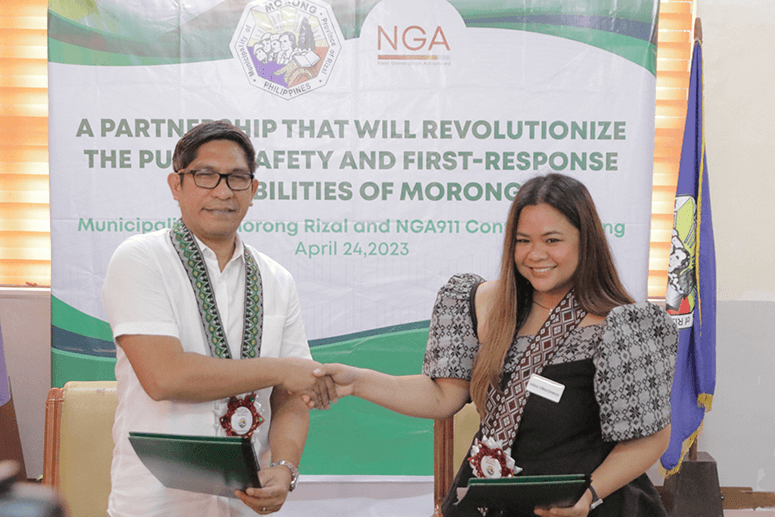
She worked to gain the confidence of her board of directors and US-based investors to put their money in a country with no working 911.
“So many other countries were interested. But I fought for the Philippines, I was born and raised in Quezon City,” she recalls.
From 2019, she secured millions of dollars in funding, traveled back and forth amid COVID quarantine protocols, and built the framework to modernize an entire nation’s emergency system.
Finally, the government launched last September the unified 911 emergency hotline.
Technology with heart & teeth
NGA 911 became the first and only company to successfully complete a Proof of Concept with the Emergency 911 National Office—an achievement that opened the door to securing contracts with local government units and, ultimately, the National Contract in partnership with PLDT.
What does that mean for Filipinos?
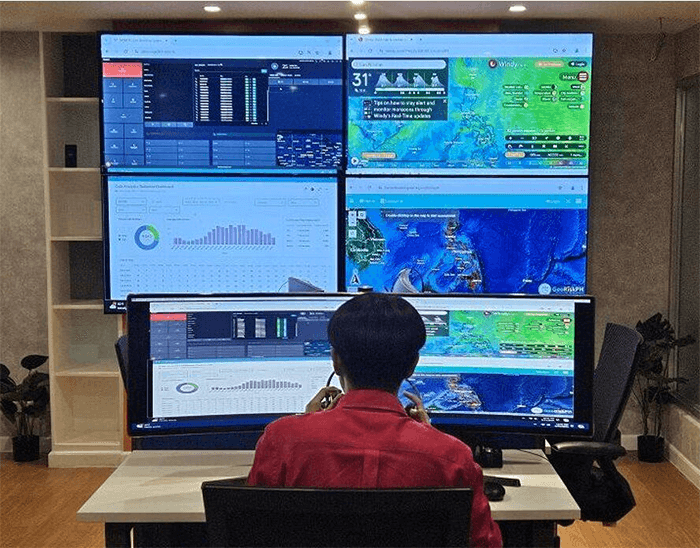
“Faster response times. One number for all emergencies. Real-time text, video, social media, and GPS-based communication during emergencies. Transparency and accountability via bodycams and drones. Disaster-resilient infrastructure, even in remote areas, thanks to Starlink,” says Ishka.
“Every call is someone’s worst moment. And now, help actually comes,” she adds.
A ‘Bagong Pilipinas’ priority
The project is now a flagship under President Marcos’ Bagong Pilipinas campaign.
Ishka partnered with PLDT for connectivity, Google ELS for enhanced caller location, and Starlink for rural deployment, creating a nationwide ecosystem of modern emergency support.
During the launch of the unified 911 at the PLDT office in Sampaloc last month, Local Government Secretary Jonvic Remulla remarked: “We had 35 local government units with their own numbers, we had the PNP (Philippine National Police), we had the BFP (Bureau of Fire Protection). We have the other 200 numbers, then we have 40,000 barangays, where the constituents would call first the barangay captain to call for help before they would call the BFP or the PNP or any other response center. So, with the Philippines being a very complicated country, it even became more complicated with the emergency response.”
“Today, we have one number and that is 911,” he said, according to the Philippine National News Agency.
According to Ishka, Vietnam, Thailand, and Indonesia are now reaching out to NGA 911, hoping to follow the Philippine model.
“It’s an incredible moment. The Philippines is no longer just adopting tech—we’re exporting solutions,” she says proudly.
Beyond work
Beyond work and businesses, Ishka is president emeritus of the Filipino-American Chamber of Commerce in Greater Pasadena as well as a member of the board of other chambers.
“I champion cross-cultural trade, youth mentorship, and entrepreneurship. I actively support nonprofits focused on public safety, education, and disaster preparedness, and I’m often invited to speak at schools and leadership forums to inspire the next generation to dream boldly and lead with purpose,” she shares.
Her community work includes supporting orphanages, senior care homes, and disaster-readiness efforts across the Philippines, because “I believe true leadership means showing up where help is needed most. Whether it’s elevating Filipino products to global markets, building life-saving infrastructure, or mentoring young leaders, I’m committed to creating lasting impact with integrity, compassion, and innovation.”
After all, she showed up for her lola, and the land of her birth.









